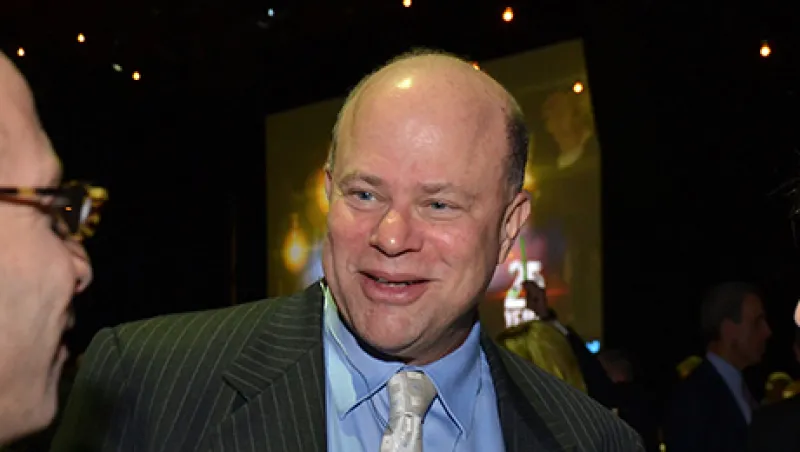Some people see the eye-popping dollars going to certain asset managers, such as hedge funds, as evidence of their remarkable skill or proprietary trading technology (that is, their black box). But I don’t see it that way. I think the billions going to hedge funds are instead evidence of one of the most lucrative and persistent arbitrages of all time: the arbitrage between the price for talent paid by asset owners (pension funds) and the price paid by asset managers (hedge funds).
In the U.S. the average salary paid to the top five investment staff at public pension funds is around $370,000. In Canada, where there’s a far more competitive human resources function among institutional investors, the average salary for the top five employees is in the $1.5 million range. And at the top of these Canadian funds, CIOs and CEOs can expect to make $2 million to $5 million. Compare those salaries with the paydays just published on the Institutional Investor’s Alpha Rich List. David Tepper, Steven Cohen, John Paulson and James Simons all made more than $2 billion last year.
Let me break this down for you: The top hedge fund managers were paid 1,000 times more than the top pension fund CEOs. With compensation differences such as this, it’s not surprising that a generation of physicists, chemists, engineers and mathematicians have left their fields to focus on investment management. And it’s also not surprising that people choose to work for asset managers instead of asset owners.
But why do asset owners seem to prefer paying billions of dollars to external managers rather than pay millions to their own staff? Beneath a veil of complexity and skill underpinned by theoretical abstraction and opacity, asset managers would seem to have the ability to charge whatever they want. (“Sure, limited partners, you paid us $94 million, but now go ahead and pay our phone bill too.”) Even simple tricks, such as basis point fees on assets under management or net fee returns, too often go unchecked by asset owners and are instead perceived as industry standards.
And so I have come to conclude that the true black box creating most of the value for asset managers isn’t running on some computer at a hedge fund — it’s sitting in a pension fund boardroom. I would argue that much of the wealth being accumulated at hedge funds is more a function of the governance deficiencies of pension funds than anything going on at hedge funds.
Governance matters. The best pension funds have the best boards. Why? Because it is the board that ultimately controls the strategic levers of success. It is the board that mobilizes resources to meet objectives or respond to challenges. And it is the board that needs to recognize that paying $1 billion in external fees per year is completely outrageous. But many don’t. In fact, I once suggested that I could predict the success or failure of any institutional investor simply by looking at the process for appointing trustees to its board of directors. As I said at the time, “If you go and look at the nomination procedures of the best pension and sovereign funds in the world, I can almost guarantee that you’ll find a set of well-articulated requirements detailing the skills and competencies that individuals must have to gain acceptance to the board (let alone be nominated).” I still think that.
Take the South Dakota Investment Council, which I have argued was a “Canadian pension fund” long before any Canadian pension funds. Established in the 1970s, it has been very aggressive at in-sourcing and taking responsibility for the end-to-end management of its own assets. And, as may be expected, it has a clearly articulated rule governing the nomination of members to its board. For example, South Dakota law stipulates that “the members of the state investment council shall be qualified by training and experience in the field of investment or finance.” And what has that simple nomination requirement gotten the SDIC Forty years of top-percentile performance: Its 40-year return is 10.6 percent. And how much has that cost? The internal team costs 10 basis points, and the external management adds another 33 basis points. That’s very cheap in the scheme of things, even if the 10 basis points of internal cost translates into competitive compensation arrangements among asset owners.
In the end, only a few pension and sovereign fund boards are very good at empowering management — through smart resourcing, delegating and oversight. Most, however, make it very hard for underpaid staff to do their job, which is why hedge funds can charge what they do. In fact, boards too often focus on the internal costs while ignoring the external costs, which I find completely bizarre. Isn’t it all just part of the cost of running the fund? As I see it, that’s the black box that keeps hedge funds so rich — and that’s the one that I’d love to take a wrecking ball to. • •






